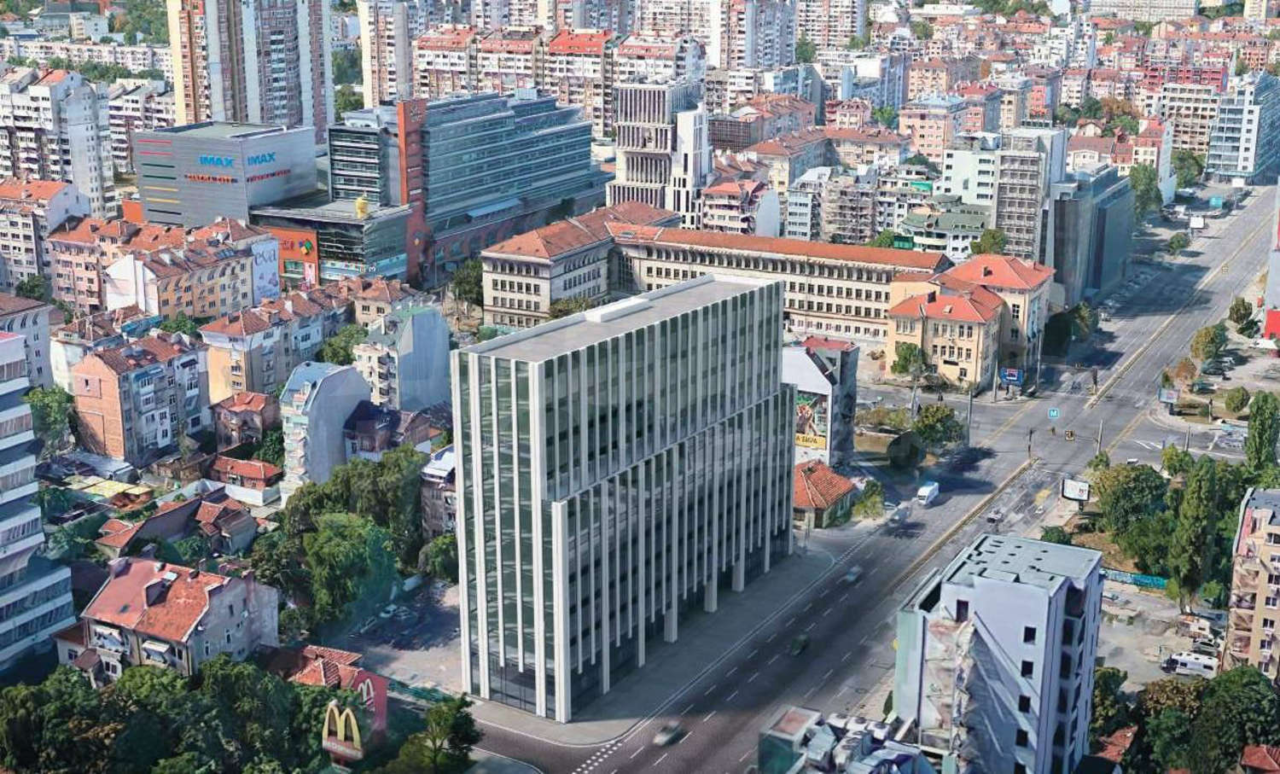
Tenstorrent has managed to raise over $100 million from South Korean investors and clearly has the resources to challenge the world leader, the American Nvidia.
South Korea is the new financial Eldorado for the Canadian group, as Samsung and the Canadian have sealed a commercial agreement. Yesterday, Samsung told the press that it intends to etch, in 4nm, a new model of chips dedicated to artificial intelligence designed by Tenstorrent, which is aiming for the world’s top spot in place of Nvidia, the American graphics card giant. Headquartered in Toronto, Canada, the company also has a strong presence in Santa Clara, in the heart of Silicon Valley.
The agreement is confidential. This agreement comes just two months after Samsung’s investment fund and the South Korean conglomerate Hyundai announced a $100 million fund-raising round. Taking advantage of the euphoria surrounding artificial intelligence, Tenstorrent is now valued at over a billion dollars.
Founded in 2016, Tenstorrent has two core businesses. First, a gas pedal dedicated to artificial intelligence, potentially able to rival those developed by Nvidia, notably its latest graphics processors used to train and run generative AI models.

Tenstorrent is also attracting investors with its decision to adopt RISC-V architecture, a possible alternative to the dominant Arm architecture in certain market segments. Eventually, it should sell licences to enable other companies to design their own AI chips.
The chip to be produced by Samsung, called Quasar, is not based on RISC-V architecture. It is intended for the deployment of machine learning models in data centers.
These components could be integrated into future autonomous cars, which explains Hyundai’s investment. They could also be used in consumer electronics. In May, Tenstorrent announced a partnership with LG, another South Korean giant, to design chips for connected televisions.
Tenstorrent boss Jim Keller is a big name in the industry, having helped relaunch AMD, then moved on to Apple, where he designed the first in-house chips for the iPhone and iPad, as well as Tesla, where he developed the chip that manages Autopilot, Elon Musk’s driver assistance software. He had joined the start-up as CTO in December 2020, and has been CEO since January 2023.




